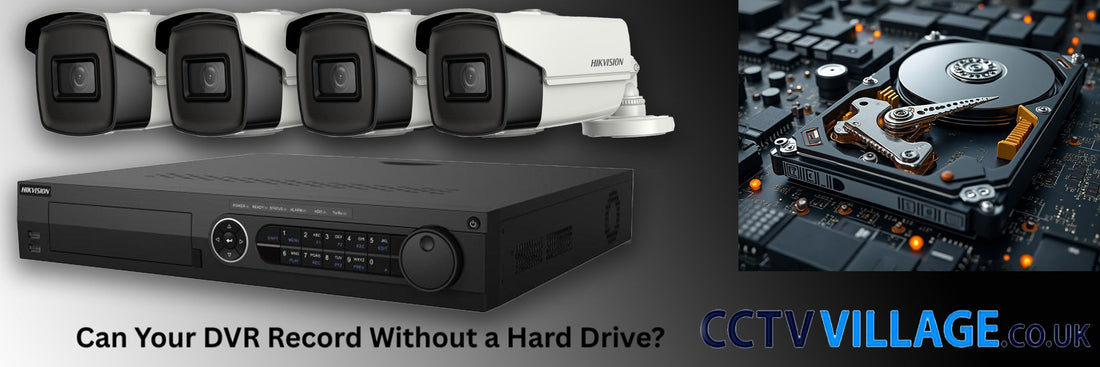Digital Video Recorders (DVRs) have revolutionized how we consume and record television content. These devices are known for their ability to record live TV, pause and rewind live broadcasts, and store large amounts of video data for later viewing. One critical component of a DVR is its hard drive, which traditionally stores recorded video files. But can a DVR operate without a hard drive? Let’s delve into this question to understand the functionality and limitations of DVRs.

Understanding DVR Basics
A DVR is essentially a specialized computer that captures and records video signals from various sources, such as cable, satellite, or over-the-air antennas. It converts these signals into digital formats and stores them on a built-in hard drive. This storage allows users to access and manage recorded programs at their convenience.
Role of the Hard Drive
The hard drive in a DVR serves as the primary storage medium for recorded content. It provides ample space to store hours of video recordings, which users can access and manage through the DVR’s interface. The capacity of the hard drive determines how much content can be stored before older recordings are overwritten or deleted to make space for new ones.
Can a DVR Operate Without a Hard Drive?
In fact, a DVR could function without a hard drive, but with significant limitations. Here’s why:
- Live Viewing Only: Without a hard drive, the DVR could only display live television. It would lose its ability to record and store programs for later viewing. This means you couldn’t pause, rewind, or record any content.
- Storage and Playback: DVRs without hard drives cannot typically store any recorded video. Even if they have temporary storage, it would be extremely limited, possibly only enough for buffering a few seconds of live TV.
- Functionality Constraints: The hard drive not only stores recordings but also facilitates the DVR’s interface and features. Without it, the DVR might not have the necessary software or firmware to perform tasks like scheduling recordings or accessing interactive program guides.
Practical Examples
Some modern DVRs, particularly those integrated into cable or satellite set-top boxes, may rely on cloud storage instead of physical hard drives. In such cases, while the DVR itself does not have a traditional hard drive, it connects to remote servers that perform similar storage functions. This setup allows for recording and playback functionalities without a local hard drive.
Conclusion
In conclusion, while DVRs are typically designed with built-in hard drives for storing recorded content, their ability to function without one is severely limited. A hard drive is essential for storing recorded programs, enabling playback features, and providing the necessary software infrastructure for DVR functionality. While technological advancements may introduce alternatives like cloud storage, traditional DVRs depend heavily on their internal hard drives for robust performance.
Understanding these fundamentals helps clarify why a hard drive is integral to a DVR’s operation and why DVRs without hard drives are generally impractical for everyday use. As technology evolves, we may see more innovations that reduce dependency on physical storage mediums, but for now, the hard drive remains a cornerstone of DVR functionality.

